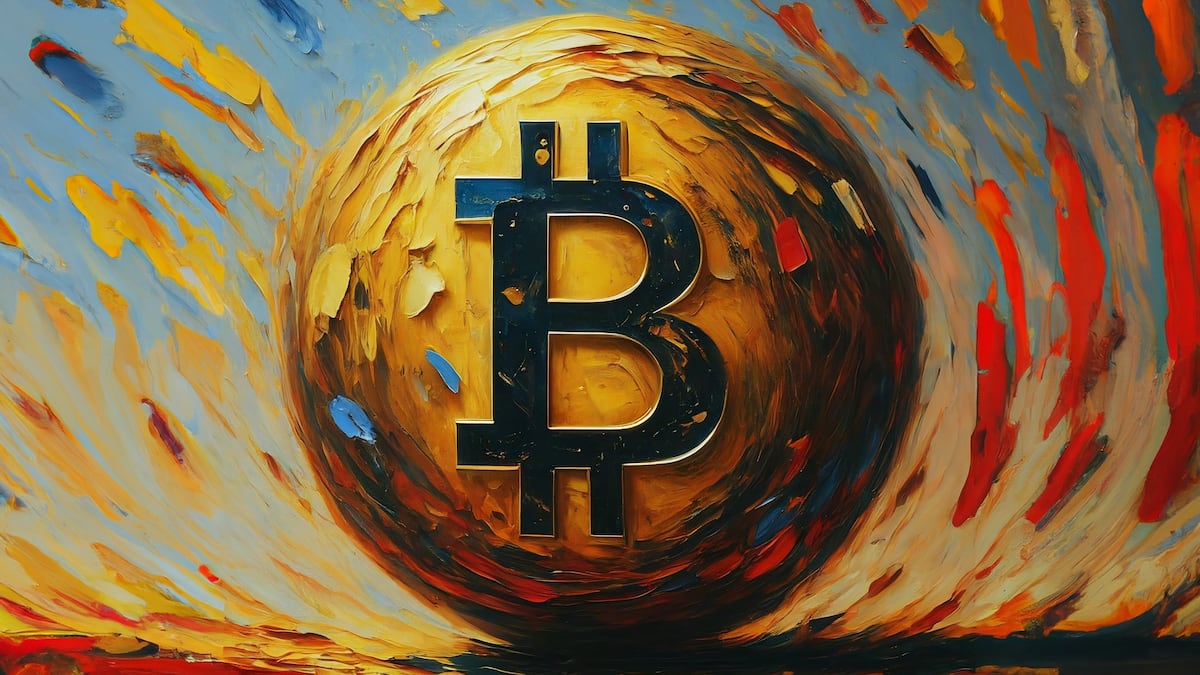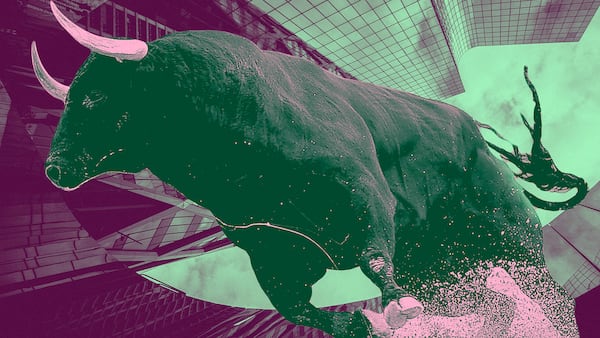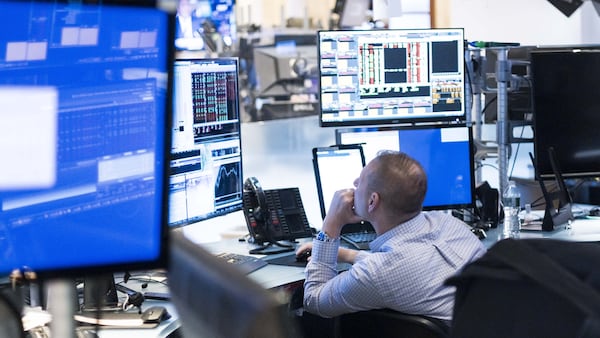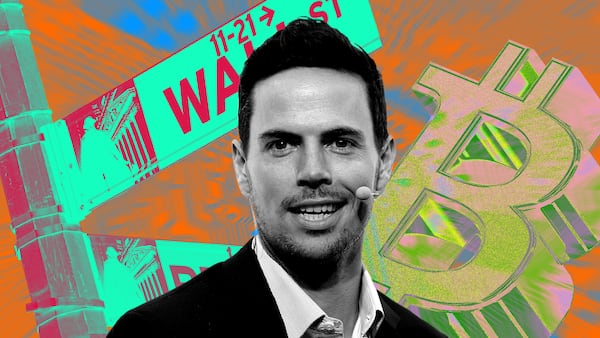- Bitcoin halving has gripped crypto investors’ imagination.
- But it is not the only factor that could influence the price of the cryptocurrency.
Bitcoin traders are gearing up for an exciting April.
Having traded around $65,000 for most of the past month, the world’s leading cryptocurrency by market value rallied to above the $72,000 on Monday morning London time.
However, seven factors could either drive or risk derailing the rally in April.
The halving
The crypto community is bracing for April 19.
That’s when traders expect the next Bitcoin halving.
The halving — which, as its name suggests, slashes in half the amount of new Bitcoin produced by the network each time a new block of Bitcoin is minted — happens every four years. It’s intended to gradually reduce the supply of new coins.
Investors love halvings because Bitcoin’s price tends to surge in the months following the event, as crypto research firm Kaiko noted in a report last week.
Still, predicting how Bitcoin’s price will react to a halving is difficult.
For instance, 2016′s halving saw the price of Bitcoin drop about 30% right around the time of the event, but in 2020, the selloff happened two months before the halving, Kelly Ye, head of research at crypto investment firm Decentral Park Capital, wrote in a research note on Monday.
This time around, some new dynamics are in play — including the demand for spot exchange-traded funds.
“Spot ETF inflow is often 10x magnitudes bigger than the Bitcoin production, which makes a more dominant impact on the Bitcoin price, at least in the short term,” Ye wrote.
Bitcoin ETFs
The launch of spot Bitcoin ETFs in January helped drive the price of Bitcoin to its $73,000 record high in March.
ETFs opened Bitcoin to new investors, who can now gain exposure to the cryptocurrency without using crypto-specific infrastructure. This, “will fundamentally change the market structure for Bitcoin,” Ye said.
With spot ETFs, issuers have scooped up almost 220,000 Bitcoin and converted them into shares in their funds.
The resulting supply shortage got so bad that Wall Street banks have reached out to at least one Bitcoin mining company to try to acquire the miner’s Bitcoin holdings, as DL News reported last week.
Wall Street’s ETF due diligence
April 10 is another key date in the crypto calendar.
That’s when several Wall Street institutions are set to complete the 90-day due diligence of the Bitcoin ETFs that launched in the US on January 11.
Once, and if, they’ve ticked those boxes, these firms will make the ETFs available to their clients, which will likely drive demand for Bitcoin, Coinbase analysts David Duong and David Han wrote in a report late last month.
“This could yet unlock significant capital for US-based spot Bitcoin ETFs over the medium term,” they said.
Geopolitical tension
Another factor driving up bitcoin’s price is the escalating tension between Israel and Iran, which has spurred “a close to 10% rally in oil and gold in the past month,” Ye wrote.
“We expect Bitcoin to potentially benefit from geopolitical uncertainty with its value proposition as digital gold, especially as the sales effort on spot Bitcoin ETFs ramp up,” Ye added.
Bitcoin layer 2s
Meanwhile, the world’s leading cryptocurrency hasn’t tapped decentralised finance as much as its rival Ethereum has.
Ye said that the ETF frenzy, as well as technological unlocks like the Taproot upgrade in November 2021, and the popularity of some DeFi protocols on Stacks — a Bitcoin layer 2 platform — sets the stage for the growth of the Bitcoin ecosystem.
And that could lead to Bitcoin’s price shooting up, because network participants will need to spend Bitcoin to use applications built on top of the blockchain.
Ye is not alone in his assessment of Bitcoin layer 2s. In February, hedge fund Pantera Capital said decentralised finance could have a $500 billion breakthrough moment on Bitcoin as the market turns bullish.
Inflation figures on tap
New inflation figures for the US will be published on Wednesday.
Federal Reserve officials keep a close eye on consumer inflation to understand if they’re doing enough to rein it back into the Fed’s target range of 2% to 3%.
Merkle Tree Capital chief investment officer Ryan McMillin told DL News this data “could roil markets.”
If the numbers aren’t low enough, the Fed could signal that it will delay a rate cut.
That would harm investor sentiment for crypto, because high interest rates tend to scare away investors from riskier assets like Bitcoin.
Rate cuts won’t happen at the central bank’s next meeting on April 30 and May 1, Federal Reserve Bank of Cleveland president Loretta Mester said last week.
Tax deadline
April 15 is another crucial date for Bitcoin watchers.
That’s the deadline for US taxpayers to file their income taxes.
Some Bitcoin holders may sell their digital assets to pay their taxes ahead of the deadline, thus affecting the price, David Brickell, head of international distribution at digital assets advisory platform FRNT Financial, said last week.
Jo Wright is a regulation correspondent for DL News. Got a tip about Bitcoin? Reach out at joanna@dlnews.com






